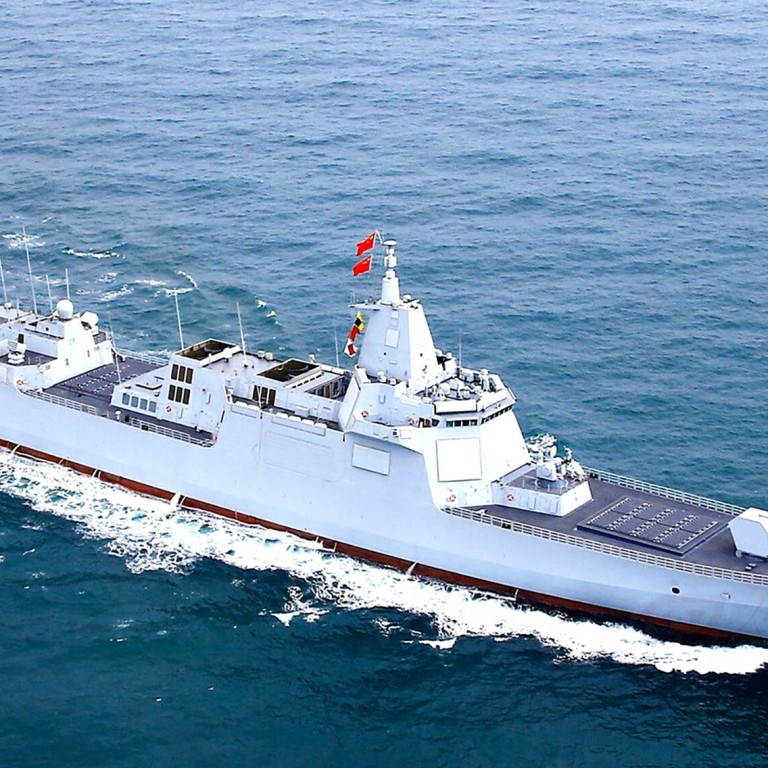
Could a China-Russia military drill be the start of something bigger?
- Joint air and sea patrols in future exercises would deepen the two countries’ defence cooperation, analyst says
- Beijing and Moscow are facing pressure from Western alliances such as Aukus and the Quad
The two militaries have carried out joint air and sea patrols before, but a combination of the two in an upcoming drill would deepen their defence cooperation as they face confrontation from the US and its allies.
“Chinese and Russian militaries may make air and ship patrols together in the Sea of Japan or Western Pacific,” Yue Gang, a retired PLA colonel and military affairs commentator, said, adding that more advanced weapons would be deployed.
“With the deployment of more advanced weapons, the two nations are determined to boost their coordination, and show to each other that they are not hiding anything. They need this to boost joint ability to handle conflict or emergencies.”
On Saturday, the Chinese defence ministry said 10 naval vessels and six helicopters from the two nations had carried out joint patrols in the Sea of Japan, Western Pacific and the East China Sea for a week starting October 17.
The ministry said the move aimed to boost the comprehensive bilateral partnership and the capability to launch joint operations, without targeting a third nation.
Five Chinese and five Russian warships joined the drill and passage. For the first time, Beijing sent its Type 055 guided-missile destroyer Nanchang to take part. Other Chinese ships include a 052D destroyer, two 054A frigates and one support ship. Russia sent the Udaloy-class destroyer Admiral Panteleyev, anti-submarine ship Admiral Tributs, one electronic surveillance ship and two frigates.
China and Russia have cooperated regularly in military drills since 2012, with the exception of last year because of the Covid-19 pandemic. Since 2019, the two countries have conducted annual joint strategic air patrols over the East China Sea and the Sea of Japan, also known as the East Sea.
China and Russia ‘have no choice but to strengthen ties’
“China and Russia are showing their strengthening joint patrol capabilities. They previously had joint air patrols, and the latest drill had a joint sea patrol. They are trying to show their determination to jointly maintain regional stability,” former PLA instructor Song Zhongping said.
Military observers said upcoming drills would be carried out on the East China Sea and the Sea of Japan because both parties had interests in those waters. Yue said the drills might also have an anti-ship and air-defence focus.
The fleet of China and Russia passed through the Tsugaru Strait before entering the Pacific Ocean, where there are a large number of US military bases.
“The deployment of Chinese and Russian warships there means a strong warning to both the US and Japan,” Song said.
The two militaries used a joint command and control system and Russian troops were integrated into larger Chinese formations and carried out operations planned by the People’s Liberation Army.
It was also the first time Russian troops used armoured assault vehicles, infantry fighting vehicles and other battle equipment provided by the Chinese military.
In Japan, the view of China is gloomier as perceptions of threat grow
“This poses a relatively serious threat to China, and even to Russia … It is very important for China and Russia to strengthen mutual trust in the military field, strengthen mutual joint exercises in military cooperation and strengthen mutual strategic cooperation,” Song said.


